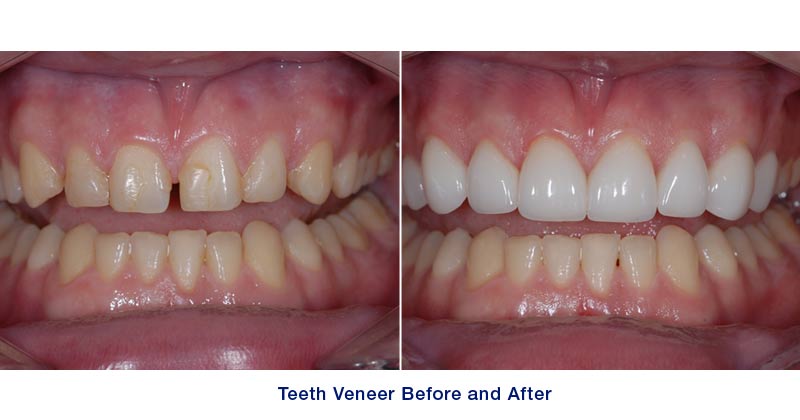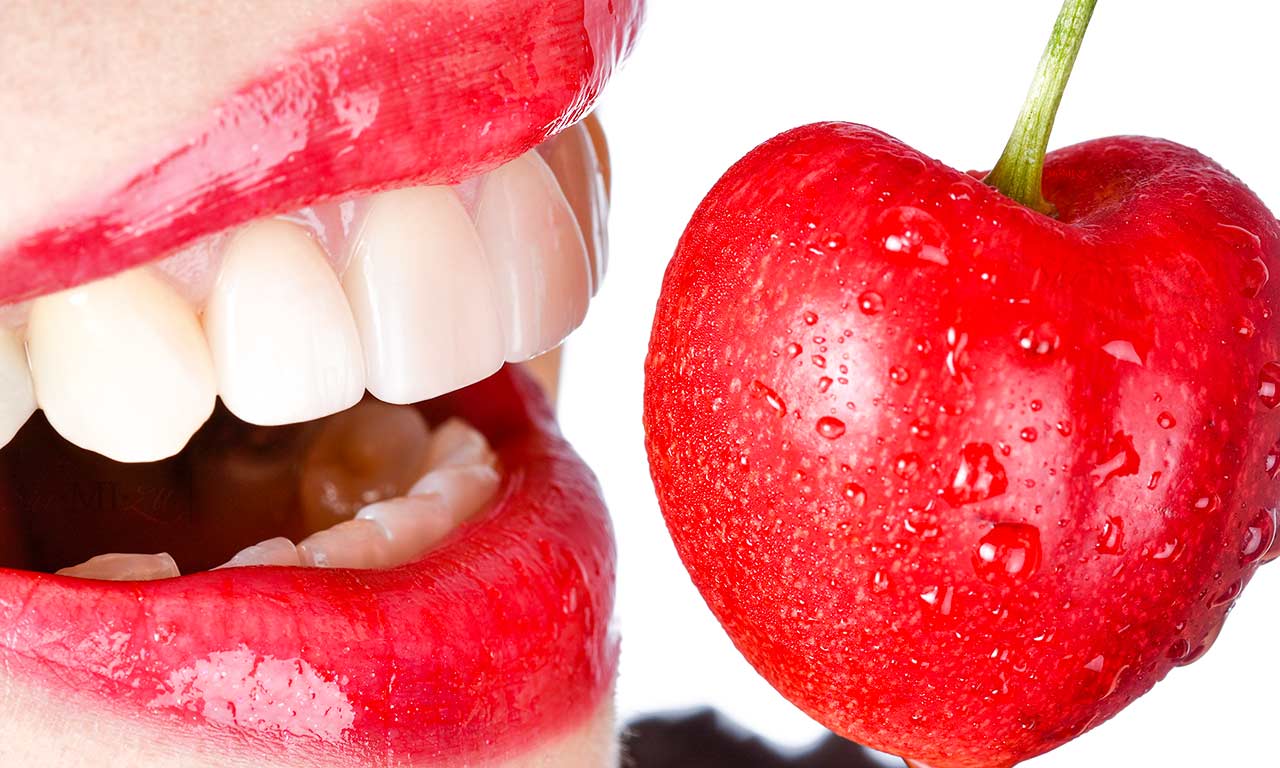Teeth whitening can be a tedious task
Whitening can only change the teeth’ color and appearance by simultaneously adjusting more details, such as the shape and teeth color. The color of the veneers would be permanent; you won’t have to worry about the color fading or getting stained.
Yes, you can change the color and whitening, but the results are somewhat unpredictable. We do not know exactly how much whiter your teeth can get. The whiteness will gradually fade after teeth whitening, and you might want to redo the whitening process multiple times to obtain the whiteness you desire.
If you are satisfied with your teeth’ shape, size, alignment, and positions, and your only concern is the color, it might be good to try teeth whitening. The cost of teeth whitening is much less than veneers; there is no shaving off the teeth.
You may need to repeat the process when you notice the color-changing or before a big event. Two methods to complete the whitening process are In-office bleaching and a Take-home tray. A bleaching gel used in both techniques is the same but in different percentages. Results are very similar, although the take-home tray is a longer process.
When you do the in-office whitening in our office, we also make the take-home tray for you, and you can use it anytime you want to touch it up. There are also over-the-counter whitening strips; the only disadvantage is that the gel does not stay on the teeth long enough. However, in some younger patients, it works very well.

Veneers are a conservative approach compared to crowns
It would be best to get veneers when you want to change a tooth’s color, shape, length, proportion, and alignment. You can pick the desired teeth color that suits your taste without worrying about the color changing. Veneers are made of durable, thin porcelain that bonded to your teeth.
We recommend eight veneers instead of six
Lab technicians custom make veneers out of the impression that they receive from the dentist. Because each patient has a different case, dental veneers differ in shape, size, and color. To create the smile of your dreams, we usually recommend eight veneers on the upper. Most patients want to show brighter teeth when they smile big; they do not want to show discolored teeth behind the canine teeth.
When only six surfaces get done, the six stand out, making the next tooth “less visible,” giving the impression of only having six teeth. Once we add two more, all the veneers continue the natural look to the back. If you have lovely canines and brightening your teeth is not a significant concern, we may only suggest four teeth.
We can always make upper veneers whiter than the lower teeth without making your smile look unnatural. Because lower front teeth do not show as much, it is natural to have whiter teeth on the upper. In most cases, we do not have to do the lower teeth.
There are three types of veneers: Traditional veneers, no-prep or minimum prep veneers, and direct bonding veneers. You can read more about the three types of veneers.
